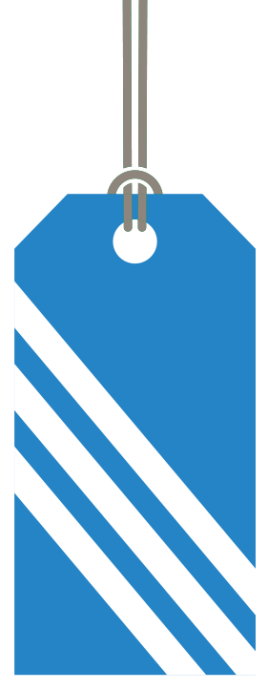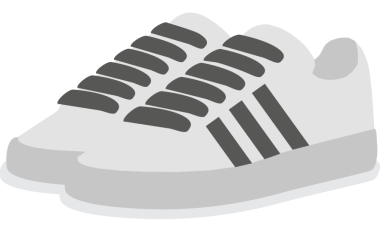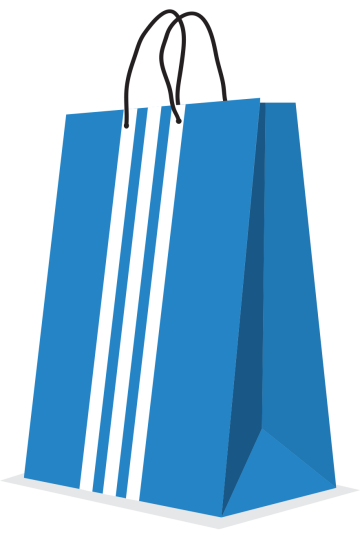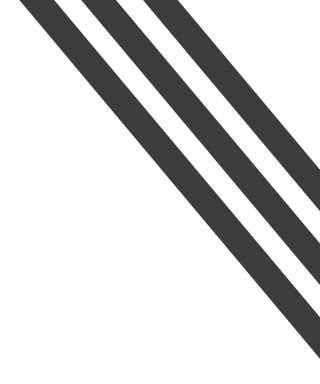
Blake Morgan e-Magazine | Winter 2023 | Issue 6




by Alex Hill
On 12 January 2023, a jury handed down its decision in the case of adidas Amercia Inc. v Thom Browne Inc. The subject matter of the dispute rested on adidas' "three-stripe" logo. Essentially, adidas had argued that Thom Browne's use of its four stripes infringed upon its own trade mark.

While this is an interesting example of a brand defending its product against a larger opponent, it should be kept in mind that Thom Browne had significant resources behind its defence. As part of the Zegna group, it was able to afford reputable representation and hold its own in the course of the litigation. Other brands that are not as fortunate to have this sort of backing, may not be able to withstand a larger competitor's overtures in this sense. But the decision does provide reassurance that companies looking to defend their IP must be fair in their assessment, and not use their position in the market to drive out competitors illegitimately.
In conclusion
Adidas did achieve some success, as the district judge had earlier in the litigation proceedings dismissed Thom Browne's counterclaim for cancellation of adidas' trade mark. Adidas' trade marks are therefore still enforceable, so businesses must still be wary of the marks as well as noting adidas's propensity to robustly defend its intellectual property. Although adidas may have a somewhat weak claim, the financial effect of defending such an action would be significant, and could have a chilling effect on the other party. This consideration should be front and centre for all businesses when designing items which bear similarity to other, well-known brands.
In the UK context, a legal argument based on 'confusion' between brands is seen through the eyes of the average consumer, and considers their perception of the distinctive elements of the two marks. Confusion is broken down into direct confusion, where the consumer mistakes one mark for another, and indirect confusion, where the consumer mistakes one mark as denoting the goods of another entity. Without either of those two being evidenced, a claim for trade mark infringement would be unlikely to succeed. Whether confusion exists depends on a number of factors, including use of the marks, the surrounding circumstances, the markets of the entities and the likelihood of association.

One argument that Thom Browne relied upon was the difference in audience of the two brands.


The result




Adidas' argument focused on the assertion that consumers would find Thom Browne's use of the four stripes to be confusing.


Thom Browne is a luxury fashion brand, which uses four stripes as a signature identifier for its products.
It is worth knowing that a relatively small brand was able to succeed against a large, international company. Thom Browne was found not liable for either damages or profit made from its sales. Adidas' argument focused on the assertion that consumers would find Thom Browne's use of the four stripes to be confusing, thereby thinking that Thom Browne's designs (and products) were that of adidas. This argument was rejected by the jurors, who must have decided that the use of the stripes by Thom Browne was not such as to cause confusion.
One argument that Thom Browne relied upon was the difference in audience of the two brands. Thom Browne argued that adidas was worn not by one particular section of people, but was available to everyone, as evidence by its low price point. On the other hand, Thom Browne marketed itself as a luxury brand, focusing on high-end fashion. Notably, Thom Browne's products cost upwards of £1,000, whilst adidas markets its products at significantly lower price points, with products available for £40 or less. Whether this was a significant reason for the jury is unknown at this time, but it would certainly assist Thom Browne in resisting adidas' assertions of confusion.
From the various media reports we can extract some interesting points for IP practitioners and businesses alike to be aware of. It must first be noted that the case was decided in the state of New York, in the US. Therefore, the decision will be peculiar to the state's procedural rules and legislative context. In addition, the question of liability was decided by a jury. Given that non-legal factors may have played a part in the ultimate decision, broad statements based on the decision should be avoided.
adidas America Inc. v. Thom Browne Inc., S.D.N.Y., No. 1:21-cv-05615

As can be seen, adidas take registration of their mark seriously, taking a robust approach to the registration of the three stripes across a range of garments and footwear. This provides, on the surface, expansive protection against potential infringement.
adidas is an international shoes, clothing and accessories manufacturer, selling its products across the globe. It's well known for its three stripes, replicated across its products and specifically protected by trade marks in several jurisdictions. An example of one of adidas' trade marks registered in the US is shown below:
The Brands



On 12 January 2023, a jury handed down its decision in the case of adidas Amercia Inc. v Thom Browne Inc. The subject matter of the dispute rested on adidas' "three-stripe" logo. Essentially, adidas had argued that Thom Browne's use of its four stripes infringed upon its own trade mark.
by Alex Hill


While this is an interesting example of a brand defending its product against a larger opponent, it should be kept in mind that Thom Browne had significant resources behind its defence. As part of the Zegna group, it was able to afford reputable representation and hold its own in the course of the litigation. Other brands that are not as fortunate to have this sort of backing, may not be able to withstand a larger competitor's overtures in this sense. But the decision does provide reassurance that companies looking to defend their IP must be fair in their assessment, and not use their position in the market to drive out competitors illegitimately.
In conclusion
Adidas did achieve some success, as the district judge had earlier in the litigation proceedings dismissed Thom Browne's counterclaim for cancellation of adidas' trade mark. Adidas' trade marks are therefore still enforceable, so businesses must still be wary of the marks as well as noting adidas's propensity to robustly defend its intellectual property. Although adidas may have a somewhat weak claim, the financial effect of defending such an action would be significant, and could have a chilling effect on the other party. This consideration should be front and centre for all businesses when designing items which bear similarity to other, well-known brands.
In the UK context, a legal argument based on 'confusion' between brands is seen through the eyes of the average consumer, and considers their perception of the distinctive elements of the two marks. Confusion is broken down into direct confusion, where the consumer mistakes one mark for another, and indirect confusion, where the consumer mistakes one mark as denoting the goods of another entity. Without either of those two being evidenced, a claim for trade mark infringement would be unlikely to succeed. Whether confusion exists depends on a number of factors, including use of the marks, the surrounding circumstances, the markets of the entities and the likelihood of association.
One argument that Thom Browne relied upon was the difference in audience of the two brands.

It is worth knowing that a relatively small brand was able to succeed against a large, international company. Thom Browne was found not liable for either damages or profit made from its sales. Adidas' argument focused on the assertion that consumers would find Thom Browne's use of the four stripes to be confusing, thereby thinking that Thom Browne's designs (and products) were that of adidas. This argument was rejected by the jurors, who must have decided that the use of the stripes by Thom Browne was not such as to cause confusion.
One argument that Thom Browne relied upon was the difference in audience of the two brands. Thom Browne argued that adidas was worn not by one particular section of people, but was available to everyone, as evidence by its low price point. On the other hand, Thom Browne marketed itself as a luxury brand, focusing on high-end fashion. Notably, Thom Browne's products cost upwards of £1,000, whilst adidas markets its products at significantly lower price points, with products available for £40 or less. Whether this was a significant reason for the jury is unknown at this time, but it would certainly assist Thom Browne in resisting adidas' assertions of confusion.
Adidas' argument focused on the assertion that consumers would find Thom Browne's use of the four stripes to be confusing.
The result



From the various media reports we can extract some interesting points for IP practitioners and businesses alike to be aware of. It must first be noted that the case was decided in the state of New York, in the US. Therefore, the decision will be peculiar to the state's procedural rules and legislative context. In addition, the question of liability was decided by a jury. Given that non-legal factors may have played a part in the ultimate decision, broad statements based on the decision should be avoided.
Thom Browne is a luxury fashion brand, which uses four stripes as a signature identifier for its products.
As can be seen, adidas take registration of their mark seriously, taking a robust approach to the registration of the three stripes across a range of garments and footwear. This provides, on the surface, expansive protection against potential infringement.

adidas is an international shoes, clothing and accessories manufacturer, selling its products across the globe. It's well known for its three stripes, replicated across its products and specifically protected by trade marks in several jurisdictions. An example of one of adidas' trade marks registered in the US is shown below:
The Brands

